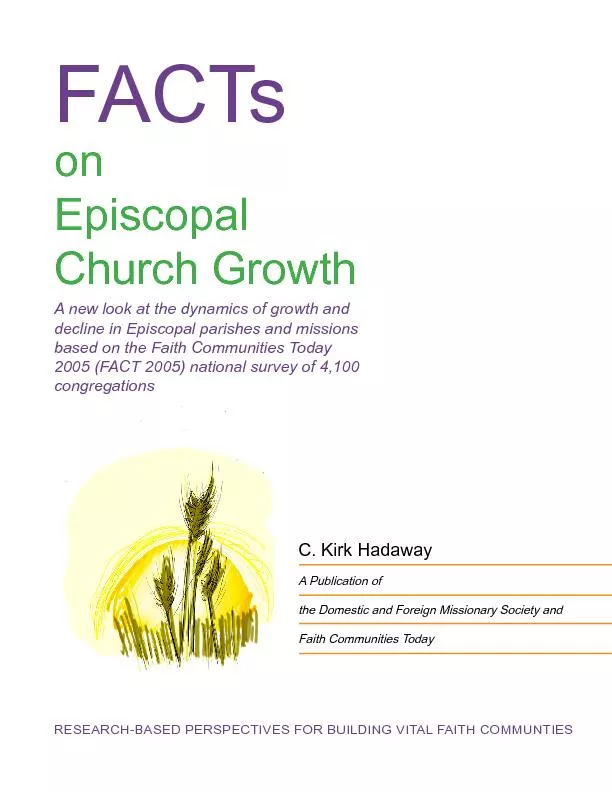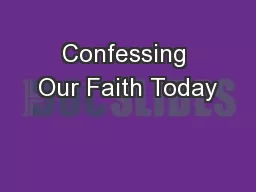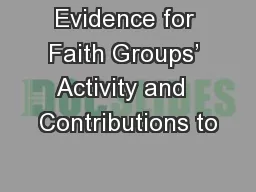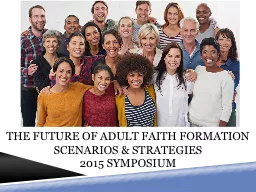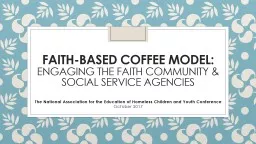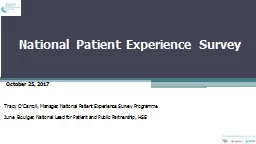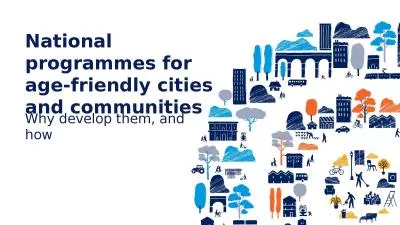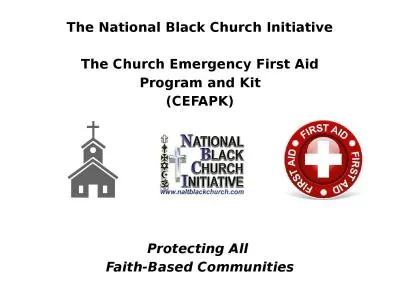PDF-based on the Faith Communities Today 2005 (FACT 2005) national survey
Author : debby-jeon | Published Date : 2016-12-06
FAC on Tod FAC on CONTENTS Identity and Orientation5The Character of Worship Program and Recruitment 15Putting it All Together
Presentation Embed Code
Download Presentation
Download Presentation The PPT/PDF document "based on the Faith Communities Today 200..." is the property of its rightful owner. Permission is granted to download and print the materials on this website for personal, non-commercial use only, and to display it on your personal computer provided you do not modify the materials and that you retain all copyright notices contained in the materials. By downloading content from our website, you accept the terms of this agreement.
based on the Faith Communities Today 2005 (FACT 2005) national survey: Transcript
Download Rules Of Document
"based on the Faith Communities Today 2005 (FACT 2005) national survey"The content belongs to its owner. You may download and print it for personal use, without modification, and keep all copyright notices. By downloading, you agree to these terms.
Related Documents

